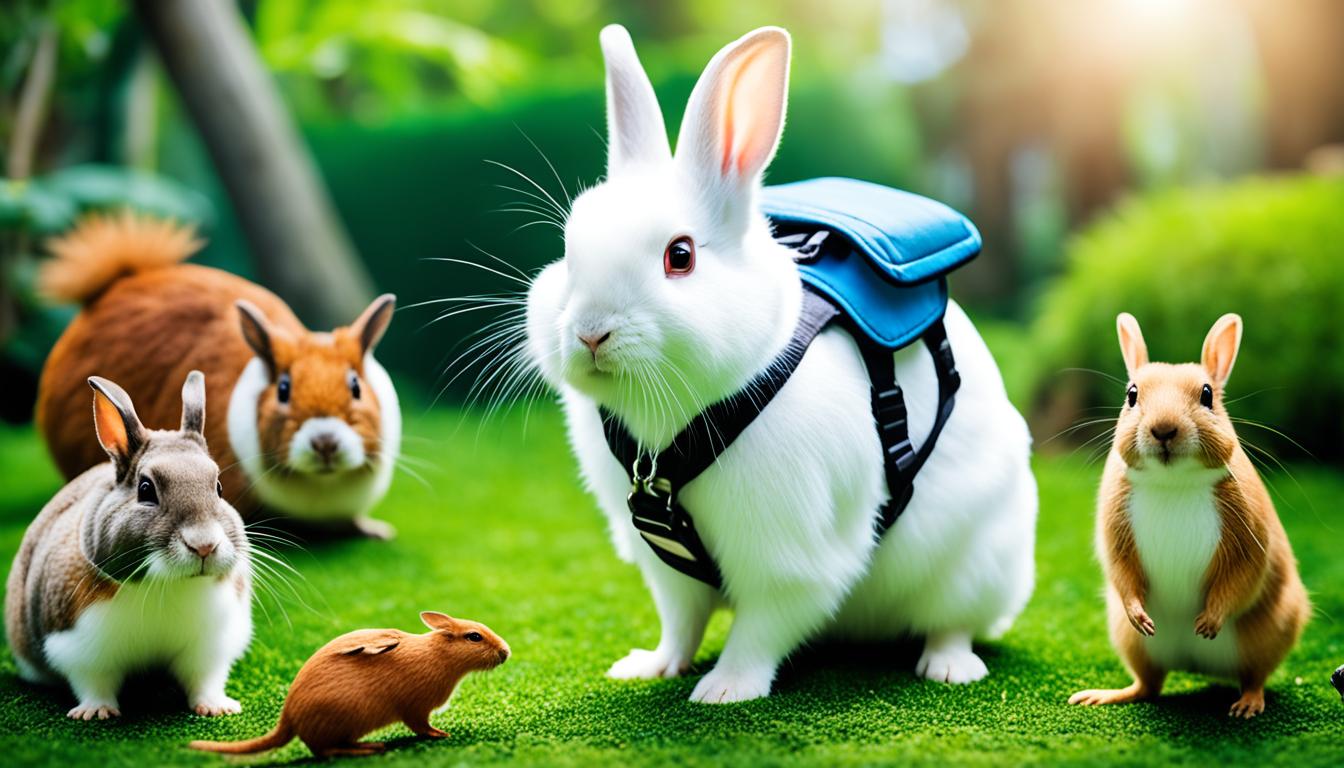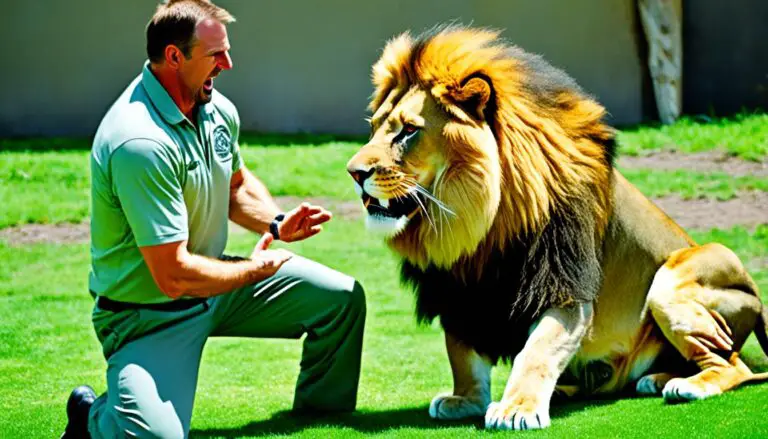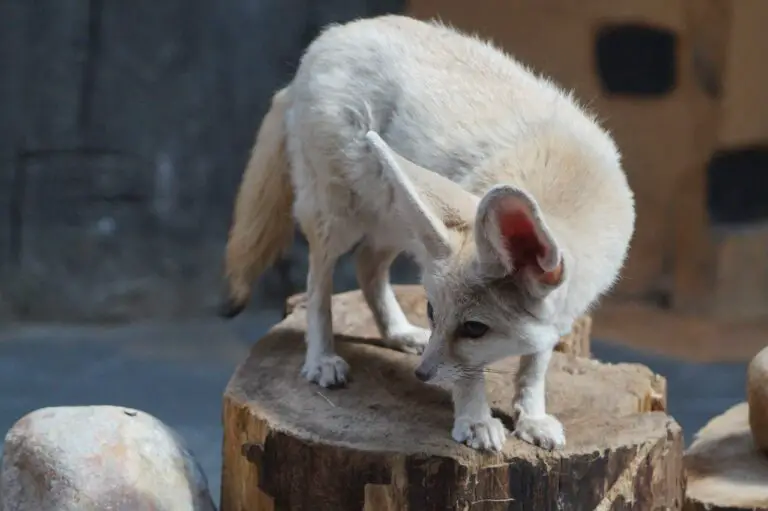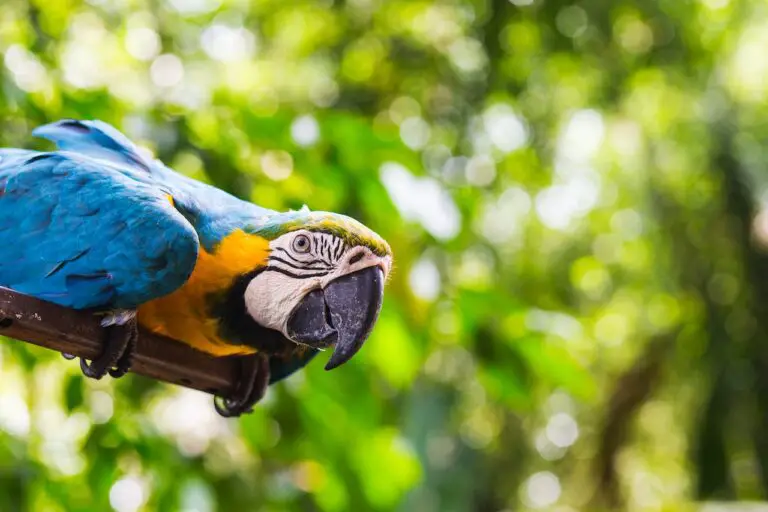Exotic Mammal Obedience Training Tips & Tricks
Did you know over 5% of American homes have exotic pets like guinea pigs and hamsters? These special pets bring joy but are hard to train. They act differently than regular pets and need special training to learn.
Training exotic animals is important for their well-being. Not only are they smart and loving, but training them can make them great pets. We’ll share tips to make training easier and fun for both you and your pet.
Key Takeaways
- Understanding unique needs and behaviors is crucial for effective training.
- Exotic pet training enhances the bond between pet and owner.
- Using specialized obedience training for exotic mammals can lead to impressive results.
- Regular and consistent training sessions are key to success.
- Positive reinforcement techniques are highly effective for exotic pet training.
Understanding Exotic Mammal Behavior
Learning about exotic mammal behavior training is key for success in training. These unique animals show many behaviors and have different personality traits. These show what they need and feel. By understanding this, owners can bond better and train smarter.
Recognizing Instinctual Behaviors
Animals like rabbits and guinea pigs have special instinctual behaviors that show their feelings. A rabbit jumping around or a guinea pig hopping can mean they’re happy. Knowing this helps in training them well. It makes training more about empathy and getting good results in exotic species training.
Common Personality Traits
Many exotic mammals have common personality traits that make training easier. They are often smart and love to be with their owners. Knowing this helps in training these special pets. Each training time can be used to get closer and understand each other better.
The Importance of a Stable Environment
It’s crucial to have a stable environment for exotic pets. This is important for their happiness and to successfully train them. Creatures like guinea pigs and rats need a safe space. A place without sudden change or threat helps them feel safe and learn better.
Setting up exotic mammal accommodation requires some thought. You should give them places to hide and keep their living space calm and peaceful. This makes them less stressed. A calm space helps them trust you when it’s time to train.

Specialized care for small pets is crucial. It’s about the right bedding, food, and fun activities. Such care meets their needs and makes them feel secure. This boosts their ability to learn new things.
Here are some important points for a stable home:
- Keep to a daily routine
- Make sure they have a safe and roomy space
- Plenty of hiding spots
- Avoid loud noises and sudden movements
Following these tips can make your pet’s space ideal. It will help with their happiness and make training easier. A good home is key to them being well-behaved and making your life together happy.
Exotic Mammal Obedience Training Fundamentals
To train exotic pets, it’s vital to know the basics of obedience. A solid start helps these special animals pick up new skills quickly. We will look into two key parts: how positive rewards work and why being consistent is important.
Positive Reinforcement Techniques
Rewarding exotic pets for good behavior works wonders. This approach is great for animals like rabbits, guinea pigs, and even ferrets. You can use treats, soft touches, or compliments as rewards. Remember these tips when using positive reinforcement:
- Identify desirable behaviors and reward them on the spot to make the connection clear.
- Choose high-value rewards your pet truly loves.
- Keep training sessions brief to maintain your pet’s focus and prevent boredom.
The Role of Consistency
Sticking to a plan is key in teaching exotic mammals. When they know what to expect, they learn better. Here’s how to stay consistent:
- Stick to a regular training schedule for good routines.
- Always use the same consistent commands for every task.
- Get everyone in the family on the same page with training to avoid confusion.
By using positive reinforcement and keeping things consistent, you’ll see big improvements in your pet’s training. These methods help build a strong bond and ensure your pet behaves well.
Training Exotic Pets: Common Challenges
Training unusual pets has its own set of hurdles. These animals might show fear or be aggressive. Dealing with these needs patience and special methods for training animals.
Overcoming Fear Responses
Unusual pets can easily get scared. This includes animals like sugar gliders and hedgehogs. Start with short, happy times together. Slowly, make these times longer and more complex. It’s also key to create a safe place. This makes them feel secure and eases their fear.
Addressing Aggressive Behaviors
Some pets may act aggressively, like ferrets. They might feel scared or threatened. To tackle this, be calm and patient. Use rewards for peaceful behavior. This approach, over time, will lead to a better-behaved pet.
| Behavioral Challenge | Effective Strategy |
|---|---|
| Fear Responses | Incremental trust-building, creating a safe environment |
| Aggressive Behaviors | Gentle interactions, positive reinforcement |
Best Practices for Captive Mammal Training
Starting with clear goals is key in training exotic pets. Each animal has its own way of learning. For example, ferrets, chameleons, and hedgehogs do best when we include their natural behaviors in training. This makes training more successful.
It’s important to keep training fun and useful for exotic pets. Using a mix of rewards like food, praise, and touch helps keep their interest. Such an approach is the best method for training these unusual pets.
“Proper training transforms exotic pets from mere captives to cherished companions. Understanding their needs and preferences is key.”
Knowing what each type of exotic pet needs is critical. Pets like meerkats and lemurs are very smart. They enjoy puzzles and interactive games. By matching these activities with their natural behaviors, we help them stay happy and cooperative.
Creating a calm training space is vital since exotic animals can get stressed. A quiet and well-organized area helps them learn better. This promotes success in their training.
| Best Practices | Benefits |
|---|---|
| Setting Clear Objectives | Helps in defining measurable goals and tracking progress |
| Recognizing Individual Learning Patterns | Enhances the effectiveness of training |
| Utilizing Diverse Techniques | Prevents boredom and maintains high engagement |
| Enrichment and Mental Stimulation | Fosters intelligence and compliance |
| Safe and Controlled Environment | Reduces stress and enhances learning |
Specialized Obedience Training for Exotic Mammals
Training exotic mammals is different and needs special tools and plans. It ensures success for both the animals and their trainers. Knowing the right gear and having a solid strategy is key.
Tools and Equipment
Using specialized obedience training equipment can make a big difference. Items like clickers and targeting sticks help show your pet what you want them to do. It’s also good to include fun stuff like toys to keep them learning happily.

Effective Session Planning
Setting goals at the start is very important when planning training sessions for exotic mammals. You should break the training into small steps. This makes sure your pet really understands what you’re teaching them.
It’s also important to be open to different ways animals learn. This flexibility is key to a successful training session. Lastly, using advanced mammal training methods will make your pet’s training more enjoyable and fruitful.
- Set clear and achievable goals
- Break training into small, manageable steps
- Be flexible and adapt to the pet’s learning pace
Exotic Mammal Obedience Training Success Stories
Finding success in training unique pets can be very rewarding. Many exotic mammal training classes have seen great success. They turn challenging pets into well-mannered friends.
Take the story of two ferrets, for example. They mastered weaving through obstacles and coming when called. This shows how smart ferrets can be, thanks to well-thought-out training.
Then, there’s the story of trained chinchillas. They’re known for being cute and soft. But they also learn to follow specific rules at home. These rules include using litter boxes and being friendly with people. This is another great story of behavioral success with unique pets.
Now, you might be asking how these stories happened:
| Animal | Training Goals | Outcome |
|---|---|---|
| Ferrets | Complex sequences and name recognition | Successful completion of obstacle courses and name recall |
| Chinchillas | House rule adherence and litter box training | Positive response to training, with reinforced behaviors |
These success stories in exotic animal training prove that with the right methods, great things can happen. Patience, creative thinking, and gentle training make both the pet and the owner very happy.
Conclusion
Finishing this trip through exotic mammal training makes it clear. Knowing animal behavior and offering a safe place is key to great training. By understanding their natural behaviors, owners can teach them better.
Using rewards to teach good behavior is a standout method. It makes learning fun and successful. It’s vital to be consistent, so these smart animals pick up on what’s expected. And, patience is so important. Trust and learning take time.
Hard work in training improves how pets act and bonds them with their owners. Using these training tips, pet parents can help their unique animals live happily. They’ll enjoy watching their pets grow and be part of the family.
FAQ
What are some effective methods for training exotic pets?
How can I understand the instinctual behaviors of my exotic pet?
What role does a stable environment play in the training of exotic mammals?
What are the fundamentals of exotic mammal obedience training?
How can I overcome common challenges in training exotic pets?
What are some best practices for training captive exotic mammals?
What tools and equipment are useful for specialized obedience training of exotic mammals?
How should I plan effective training sessions for my exotic pet?
Can you share any success stories of exotic mammal obedience training?
Source Links
- https://oxbowanimalhealth.com/blog/beginners-guide-small-exotic-pets/
- https://www.thesprucepets.com/fun-and-easy-dog-tricks-1117309
- https://animaltrainingfundamentals.com/
Peter Stones is the founder of Exotic Pets Place, the leading online resource for exotic pet care information.
With over 10 years of hands-on exotic pet ownership experience, he is deeply passionate about sharing his expertise to help others properly care for their unusual pets.
When he's not writing extensively researched articles or connecting with fellow exotic pet enthusiasts worldwide, you can find Peter at home tending to his own beloved menagerie of exotic animals.







